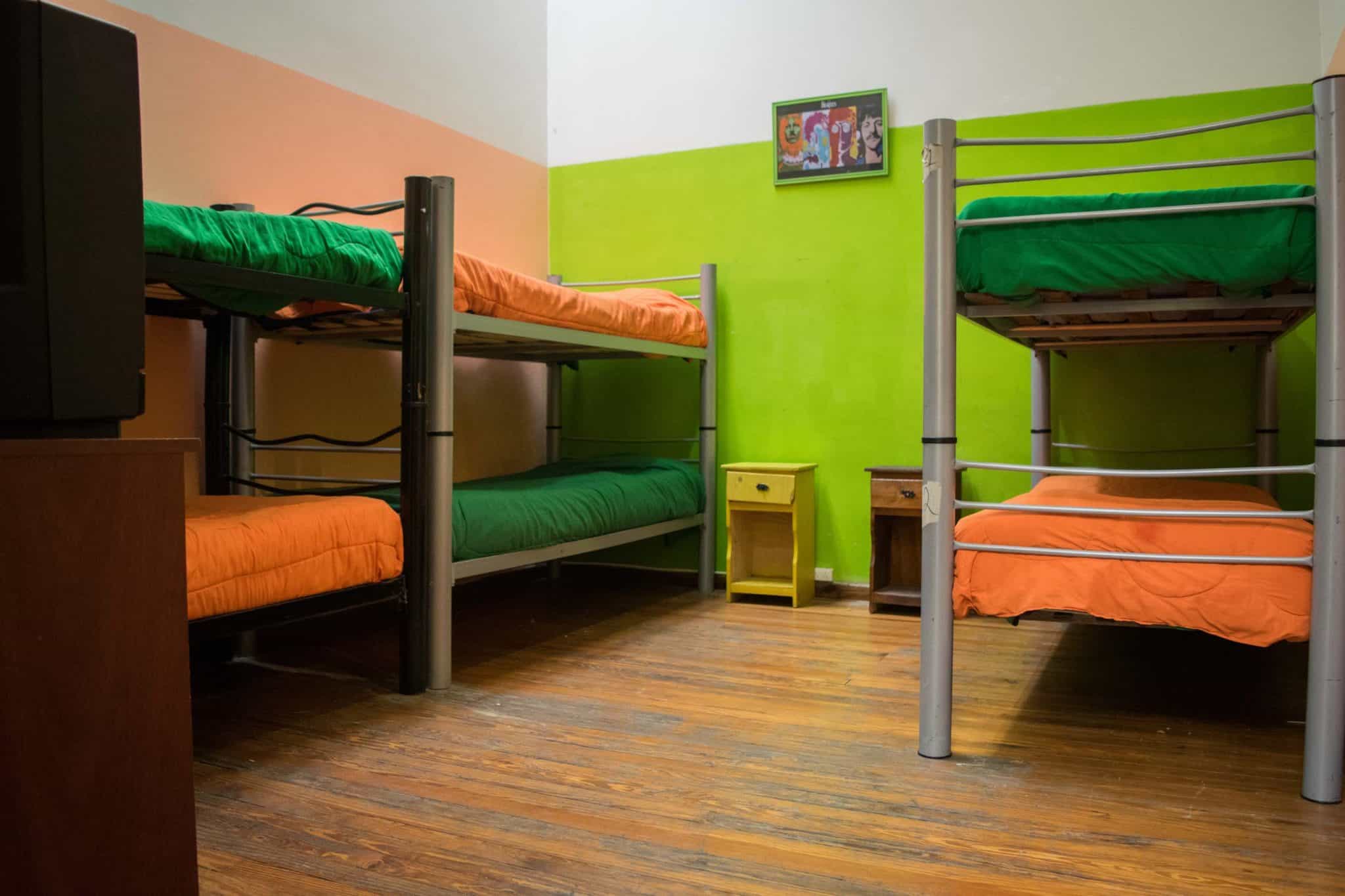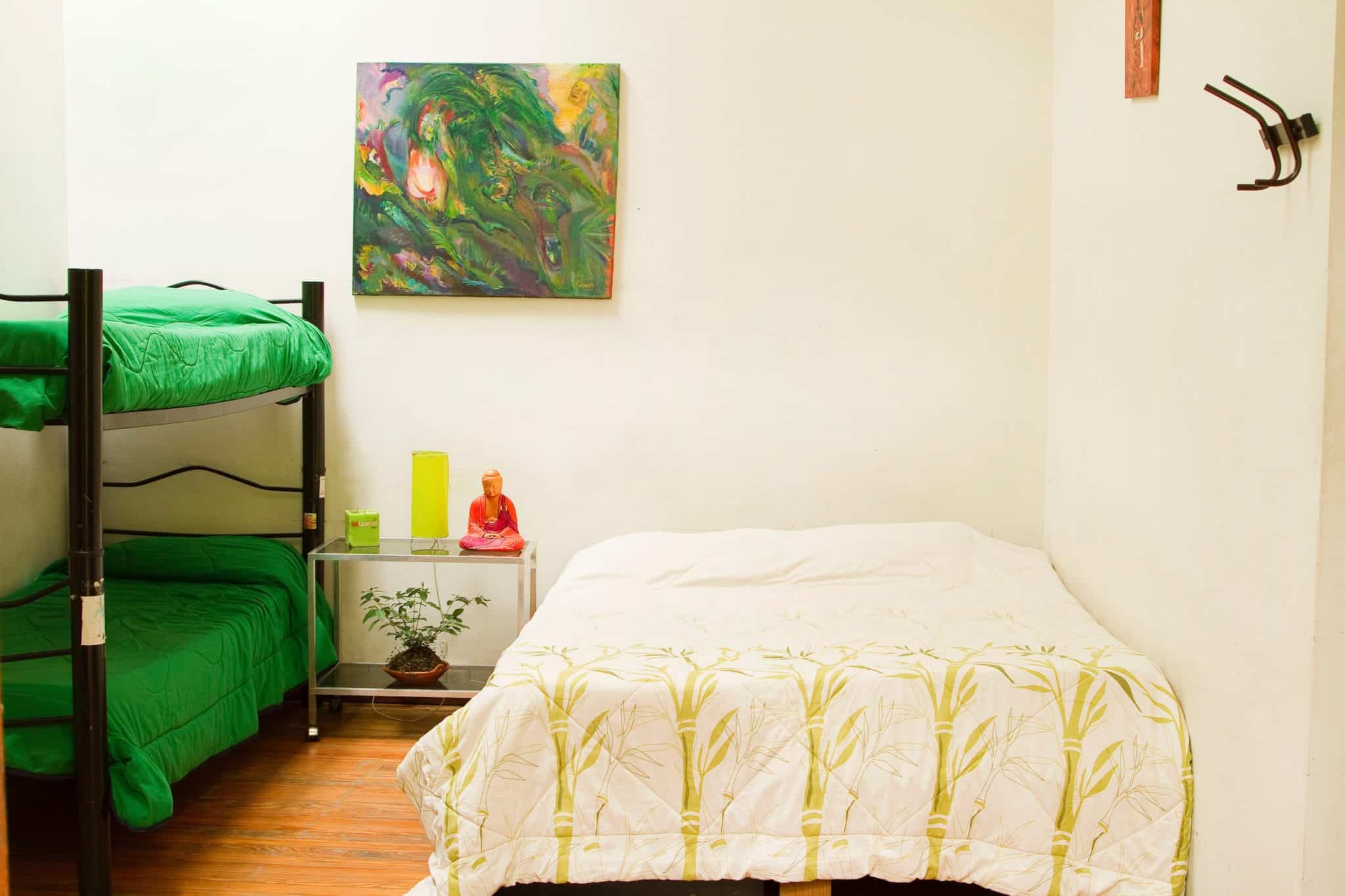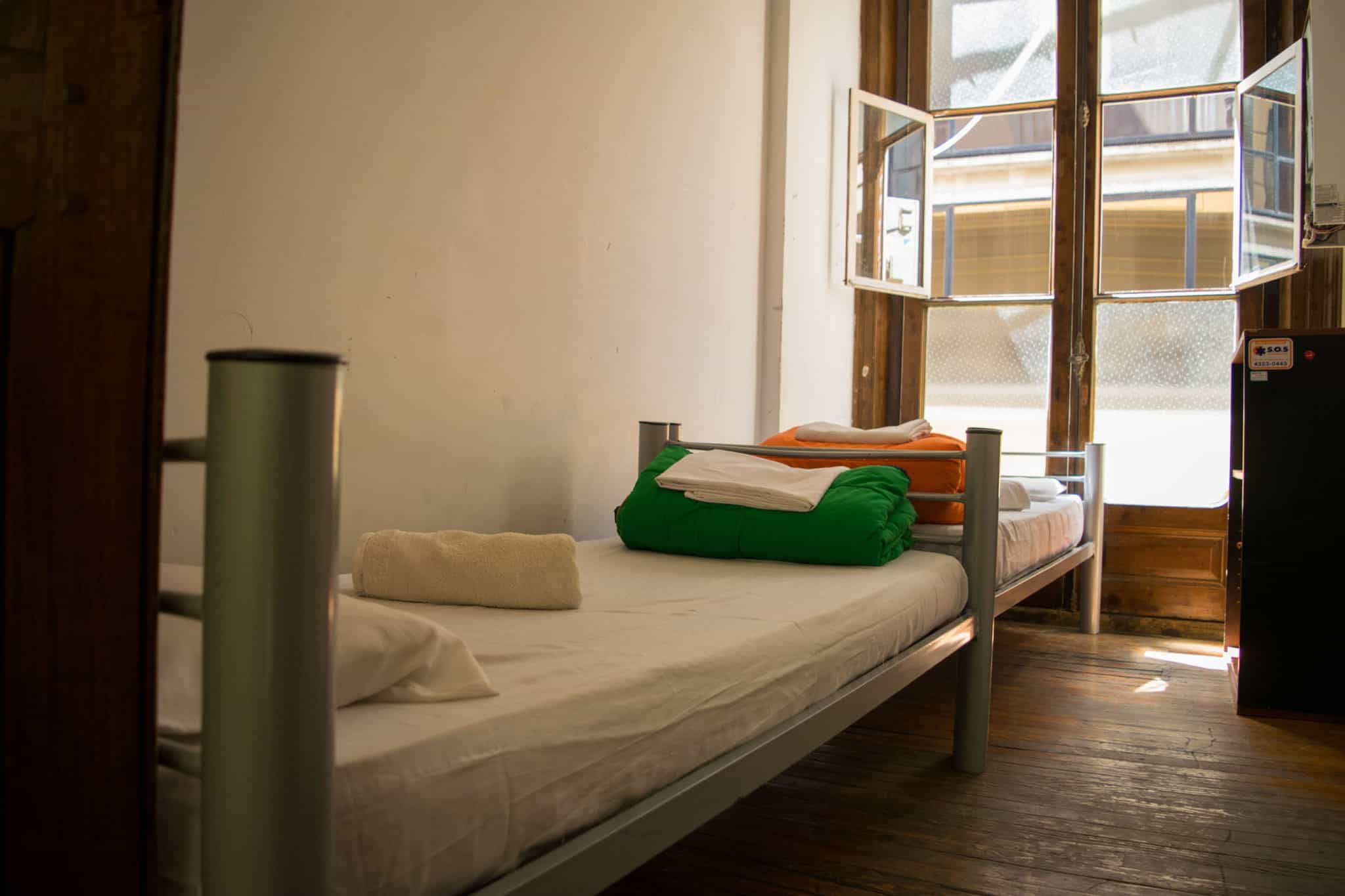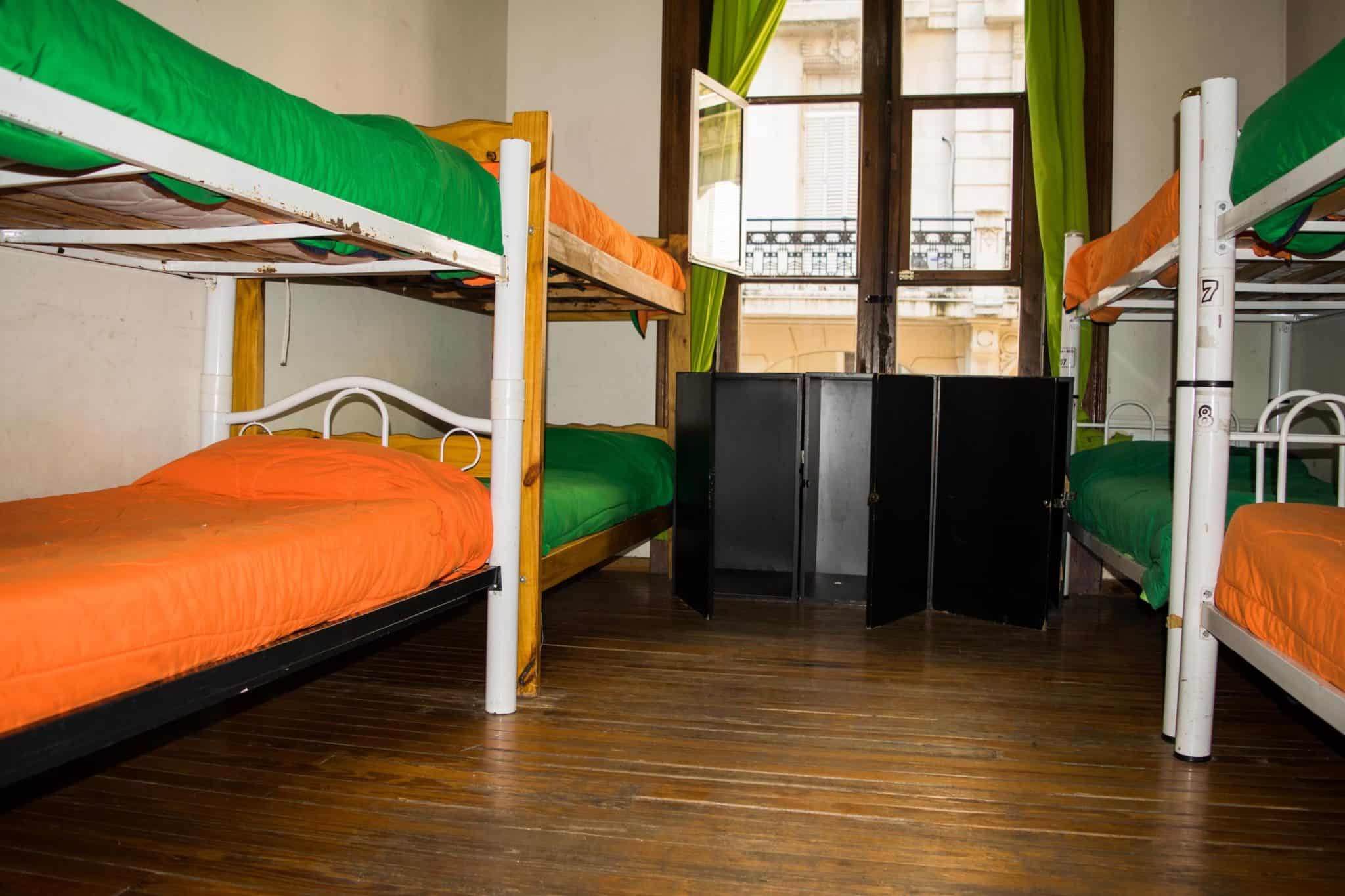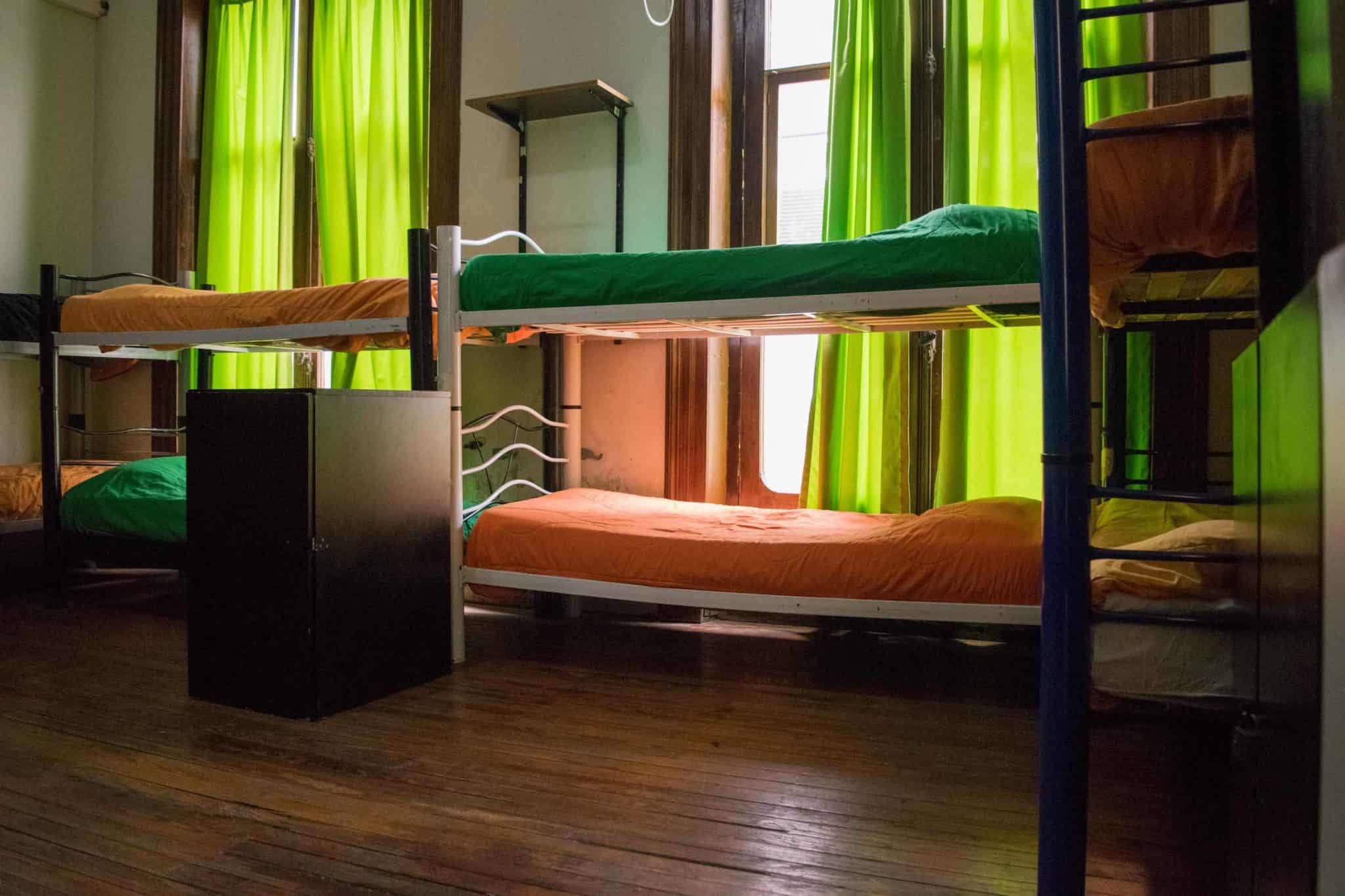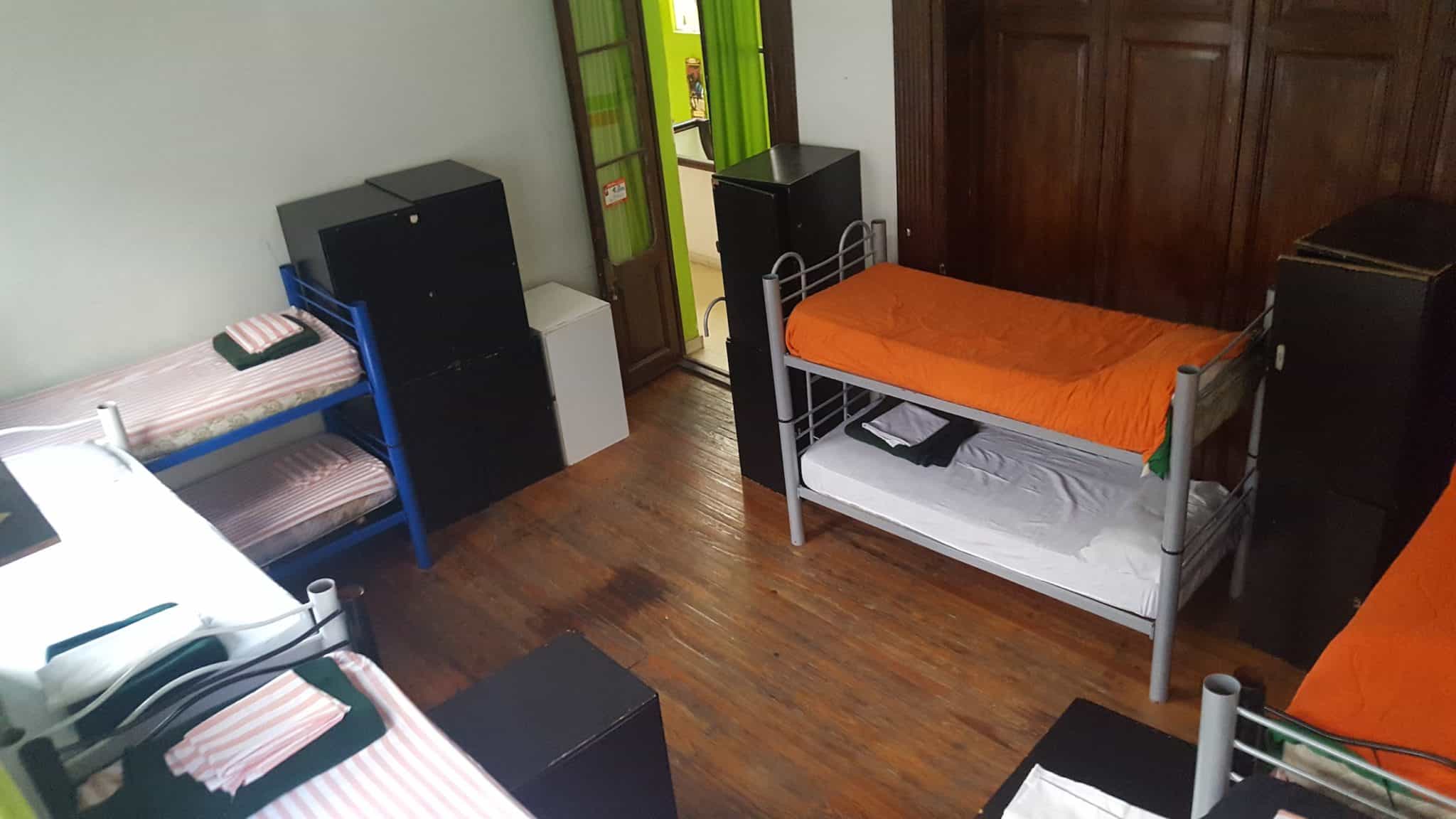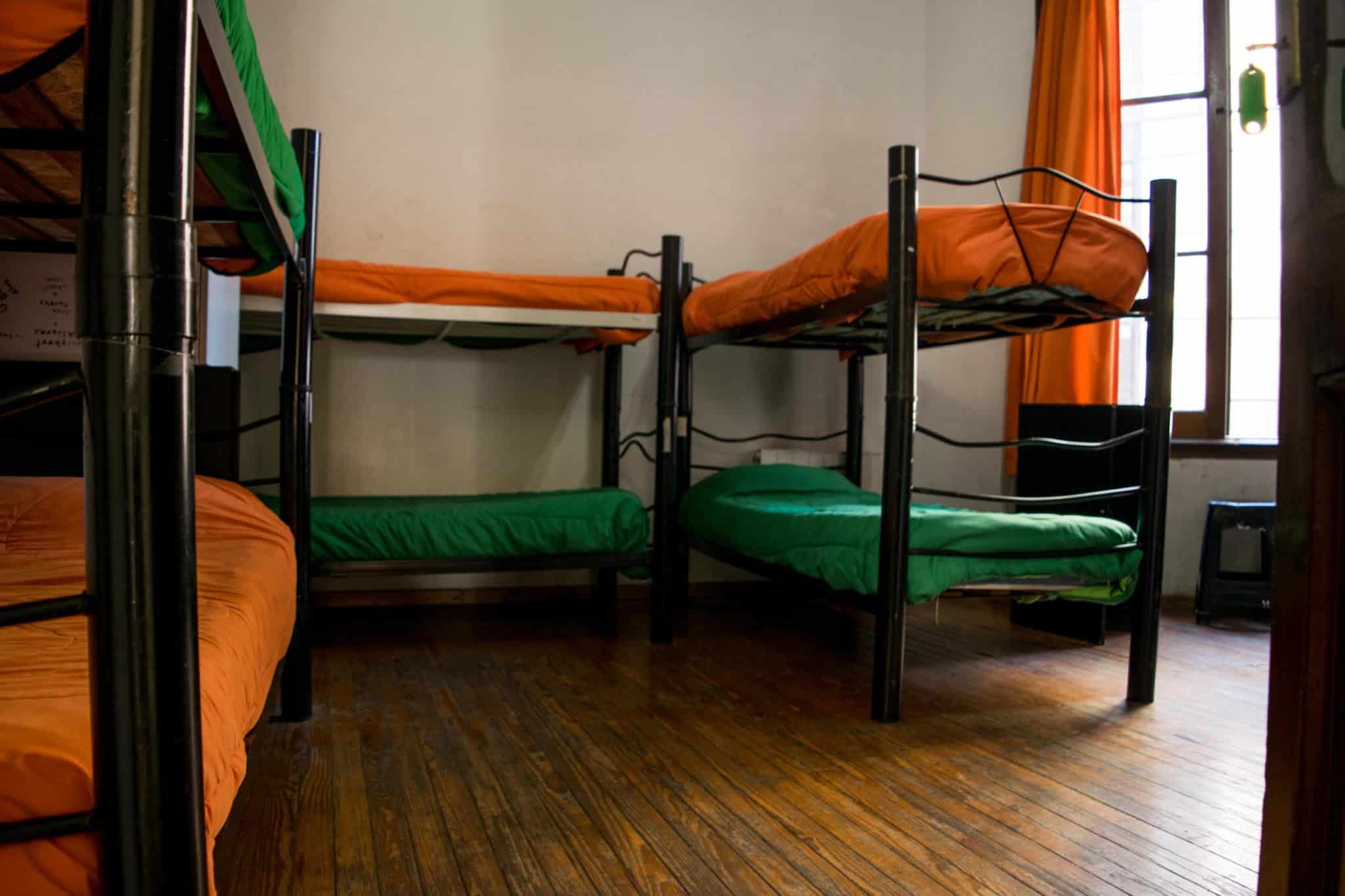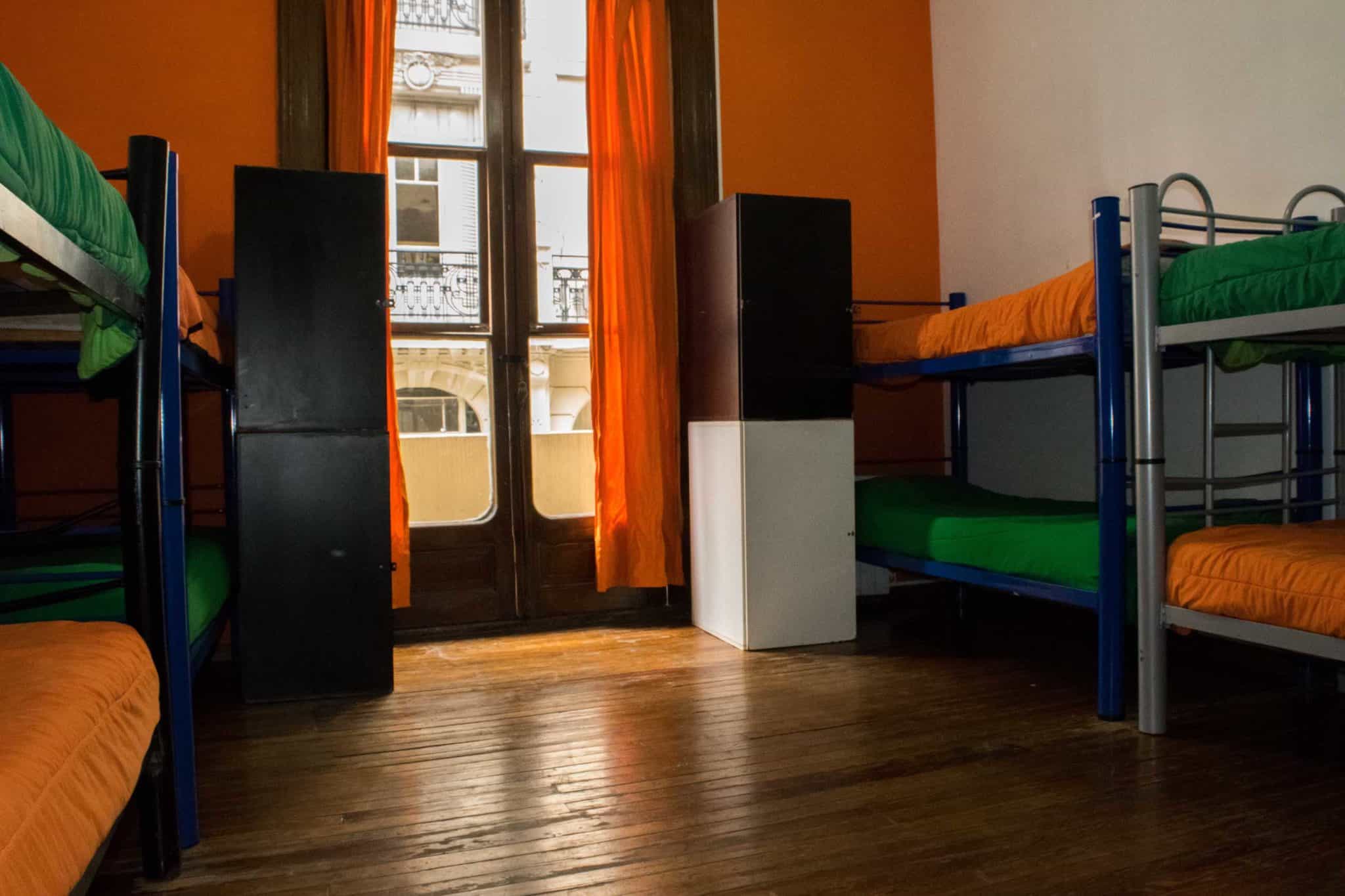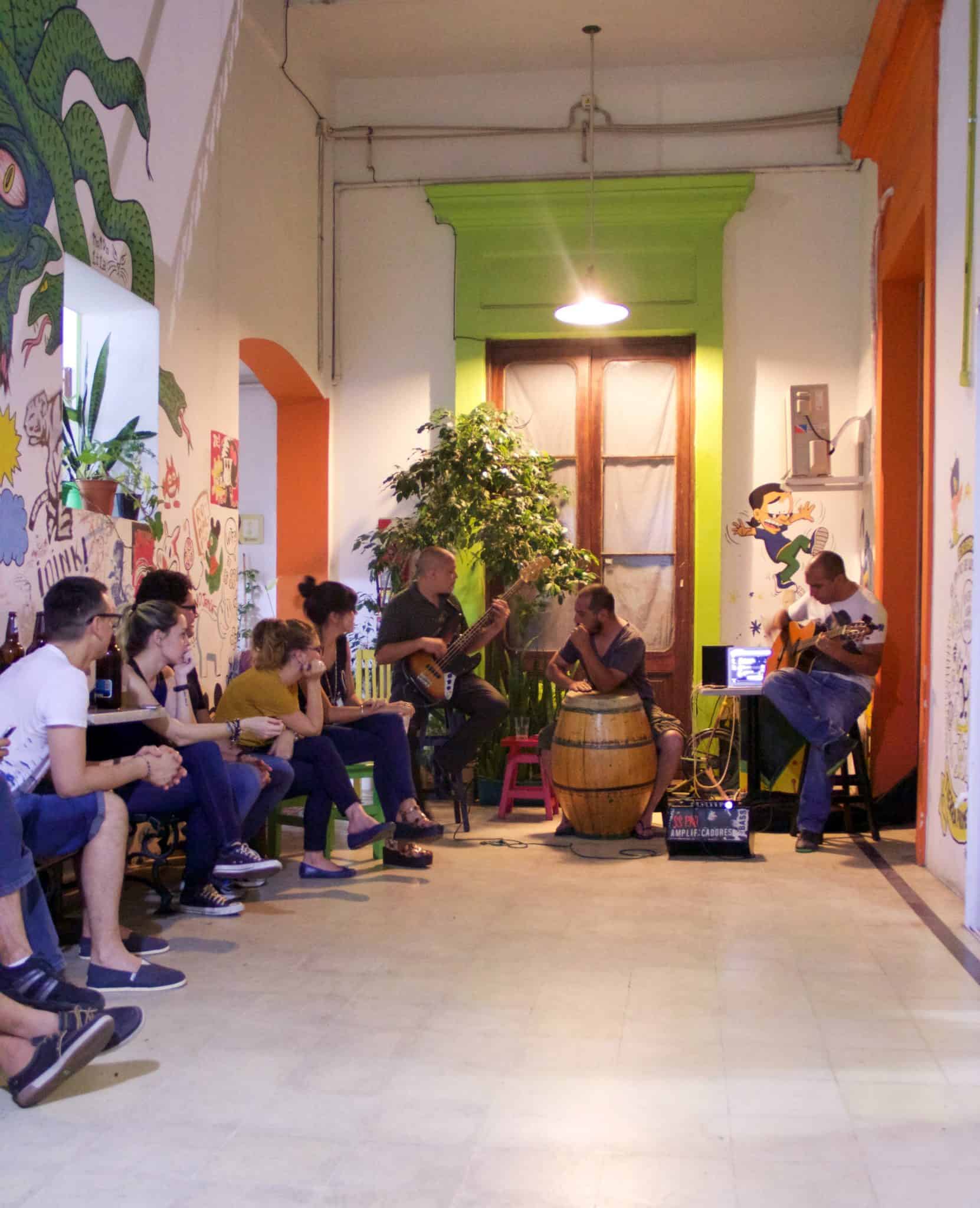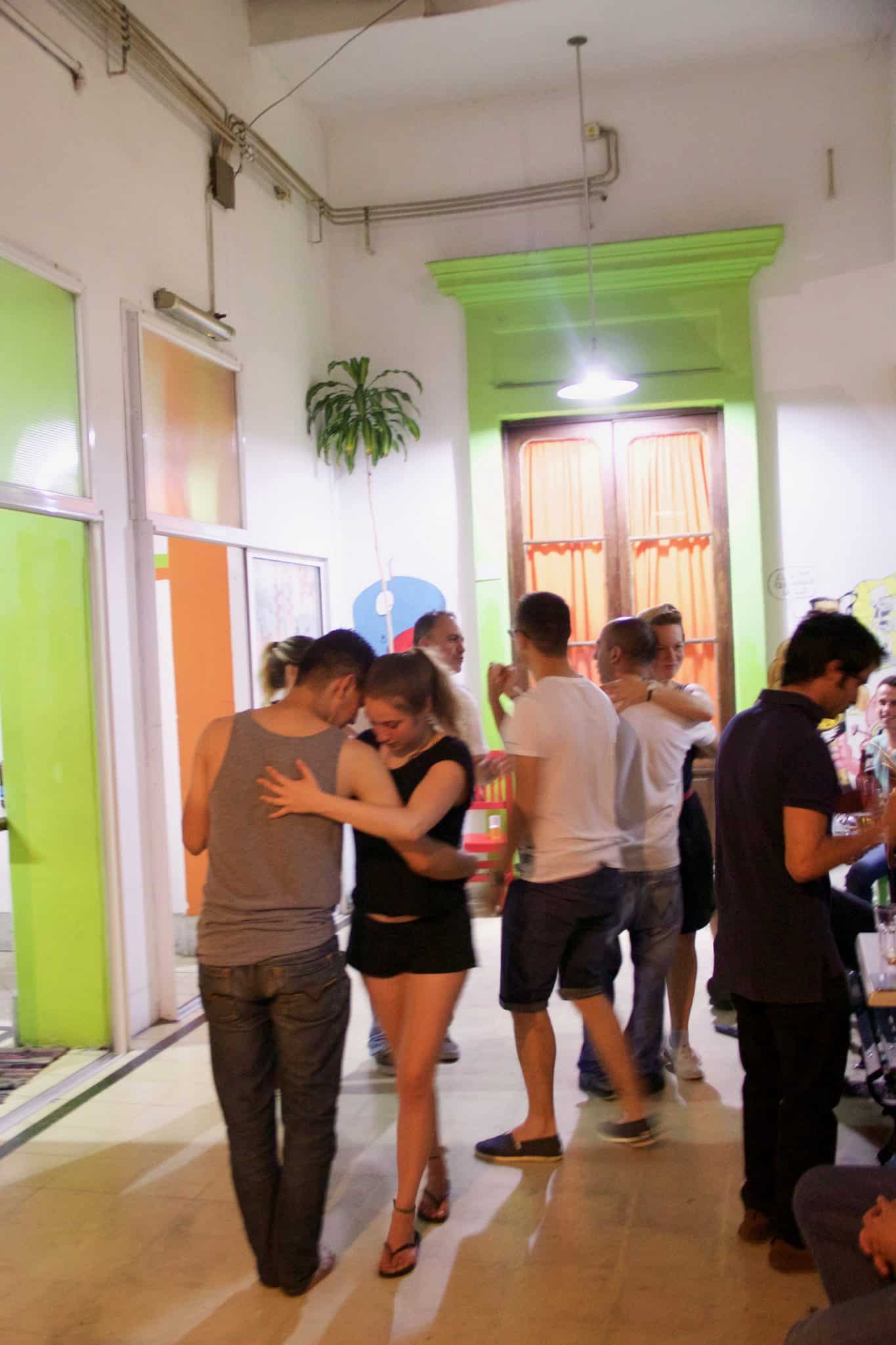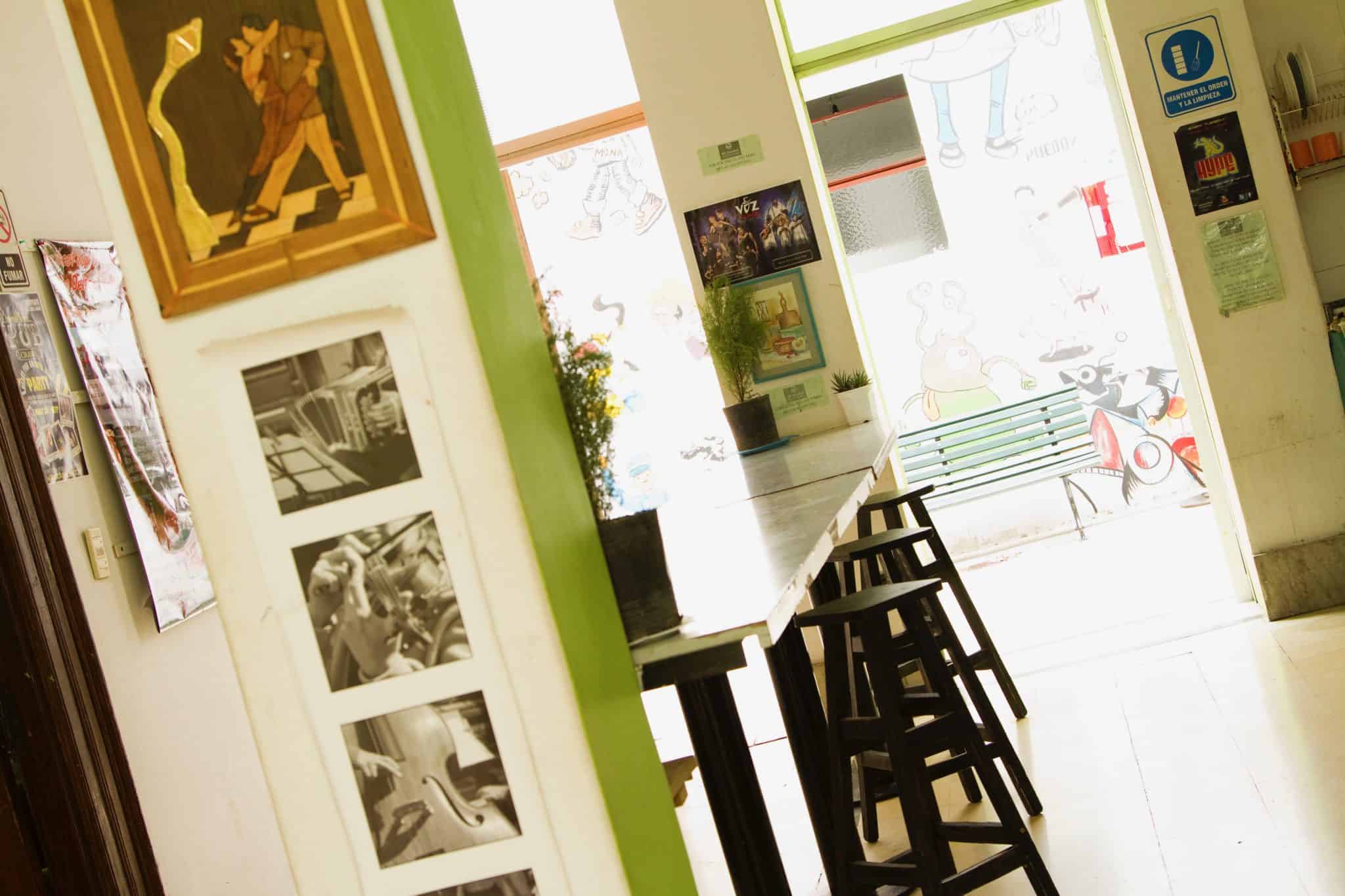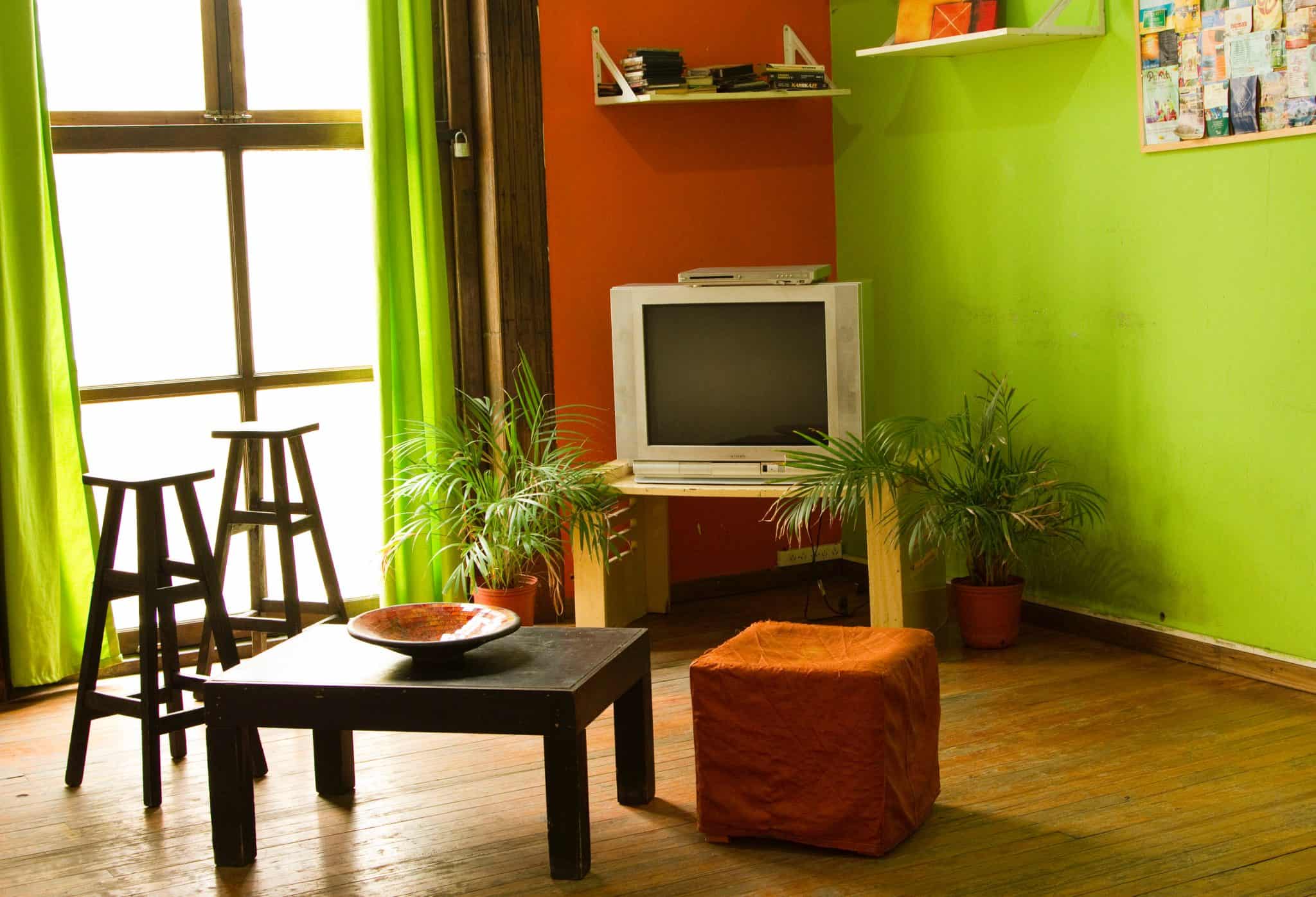The 06 central hostel is the perfect place to savor the city of Buenos Aires.
Barracas owes its name to the ancient barracks built by the end of the XVIII Century on the left side of the Riachuelo. Some say that the first constructions were precariously improvised sheds used to store leather and other products waiting to be shipped through the Riachuelo.
There were plenty of them in the city, these were called Barracas del Riachuelo and were placed between the barracks of La Vuelta de Rocha and the Parque Lezama’s. Some historians state that this was the first place where African slaves landed when they arrived to the Rio de la Plata.
1. Martín García Avenue
It was called “Camino a la Ensenada de Barragan”, and was the old way to Magdalena and Quilmes. Initially it started in the Plaza Mayor, with the departure of the karts from the port through the Defensa and the Humberto Primo roads.
2. Canale Factory
Martín García Avenue in front of Parque Lezama.
This is an ancient and illustrious biscuit factory that had perfumed the neighborhood with its sweet smell. It has two domes and it is decorated with Spanish wall tiles called “mayólicas”.
3. 584 Martín García Avenue
The Almirante Brown`s farm was located here. He was an Irish sailor who initiated the first Argentinian navy.
4. Montes de Oca Avenue (Calle Larga Long Street)
The Avenida Montes de Oca extends from Caseros Avenue and leads into the Riachuelo. During the first years of the XX Century, when the élite zone in Buenos Aires was located in the Southern areas, most privileged families had their farms here: the Ramos Mejia, the Balcarce, the Santamarisno, the Elizalde, the Udaondo and the Diaz Velez among others.
5. Santa Lucía’s Church
550 Montes de Oca Avenue
Santa Lucia is the neighborhood’s patron saint. The first chapel was founded in 1783. Every 13th of December a procession takes place through Montes de Oca Avenue devoted to the patroness. It is believed that she protects peoples’ view.
6. Plaza Colombia (Colombia Square)
Avenida Montes de Oca, Isabel a Católica, Brandsen and Pinzón
This square was part of the farm that Martin de Alzaga occupied during the first period of the Colony time. Alzaga was a rich and influential Basque businessman, hero of the “Portenian” resistance during the English invasions in 1806 and 1807.

The main house extended over the center of the Square and it worked as the headquarters of his troops when he rebelled against the new independent government in the Revolución de Mayo. Alzaga was arrested, sentenced and shot after a slave accused him.
The pillar and the bronze sculptures are the work of Julio C. Begottini. The same sculptor created another bust that reminds the one of the General San Martin.
7. Santa Felicitas Church
Montes de Oca Avenue, Isabel la Católica, Brandsen and Pinzón
This square was part of the farm that Martin de Alzaga occupied during the first period of the Colony time. Alzaga was a rich and influential Basque businessman, hero of the “Portenian” resistance during the English invasions in 1806 and 1807.
The main house extended over the center of the Square and it worked as the headquarters of his troops when he rebelled against the new independent government in the Revolución de Mayo. Alzaga was arrested, sentenced and shot after a slave accused him.
The pillar and the bronze sculptures are the work of Julio C. Begottini. The same sculptor created another bust that reminds the one of the General San Martin.
8. Or Torah: Israelite temple
Brandsen 1444
It was made by the architect Valentini, who followed an oriental style: the front side has enormous windows and a central gate, the ending is a great dome of onion-shaped fragments that stands out among the other buildings in the area. Inside we can admire an exquisite Andaluz garden full of multicolored tiles.
9. Argentinian factoy of Alpargatas
1142 Regimiento de Patricios Avenue
It is a group of buildings that were part of Argentina’s most important factory founded in 1883, property of the Basque Juan Echegaray, and the Scottish Robert Fraser.
10. El Águila-Saint, Chocolate`s factory
Herrera between Brandsen and Suárez
The corners of the building are crowned by eagles: the symbol of this traditional Argentinian chocolate factory.
11. Lanín Street (Pasaje Lanin)
Very near to the ancient chocolate factory you can find the Lanin street. It short and sinuous path is a permanent exhibition of street art.
The project takes place on Lanin Street, from Brandsen to Suarez. It was created by the plastic artist Marino Santa Maria who proposed to paint in colors and geometrical shapes the front sides of the houses.
12. Barrio Ferroviario
Rua Australia 2700
This little English-style neighborhood was destined to the train station workers. There are about 300 apartments.





